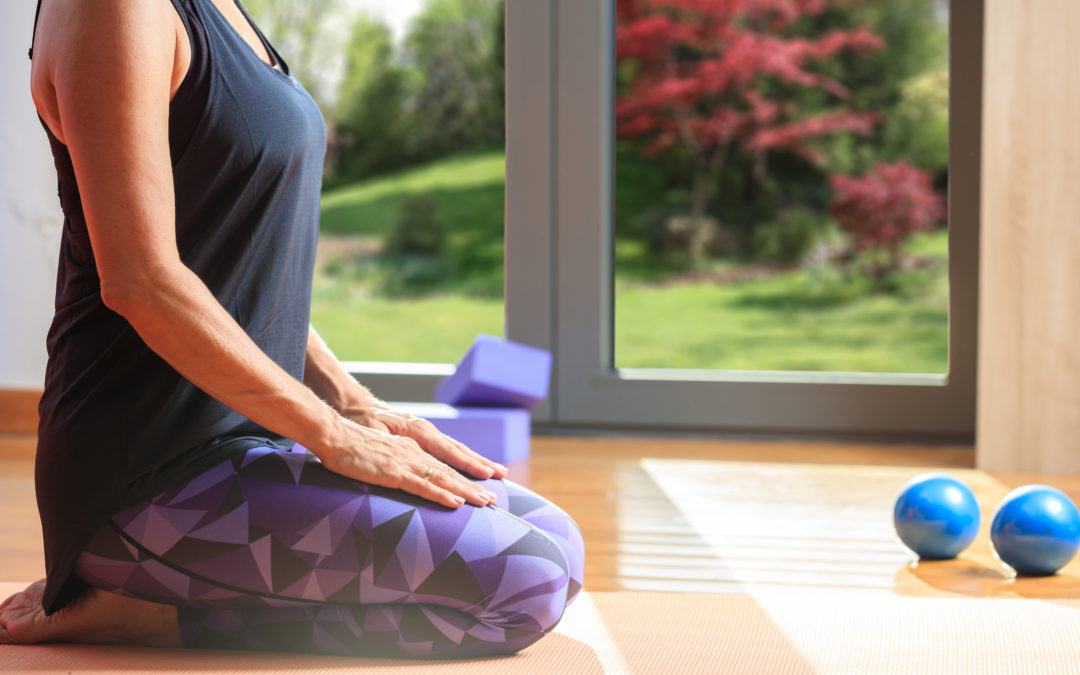
by nobody | Dec 15, 2017 | Yoga Therapy
We’re in the thick of the holiday season, which for many of us means a time for reflection and gratitude. Especially with the new year, a lot of my clients are starting thinking about concrete ways to make positive changes and jump start personal growth in 2018.
This happens to be one of my favorite times of year, not because of the gifts and parties – although both are fun – but because of the heightened interest in self-improvement that is buzzing everywhere. I can’t turn on the TV, scroll through my Insta-feed or even drive down the street without ads and articles targeting this renewed sense of discovery and development. And since the ROOT team focuses on healing through yoga therapy principles and practices all year round, we love to see everyone get into the spirit self-care!

So, whether you’ve caught the self-improvement bug of the season (I’ll spare all us of the dreaded “R” word) and ready to jump into your own practice, make changes to your existing practice, or invite someone to start a practice, we’d like to help you on your journey. Wherever you are, there are some basic yoga therapy necessities that no yogi should live without.
As you ponder gifts for yourself or your loved ones, consider these yoga therapy starter kit “must haves.”
The Mat: I know it’s tempting to grab a simple sticky mat from your local sporting goods store or Whole Foods, but the truth is, having the right mat can seriously impact your practice and overall experience. To me, there can be nothing more disruptive than slipping and sliding in down-dog or feeling your spine or knees pressed against the hard floor in savasana or child’s pose.

I am constantly getting questions about what mats are best and worth investing in. Like your yoga practice, mat preference is individual. From comfort to price, we all have different needs and likes and it is literally impossible to test drive every mat out there. So, how do you determine the best fit for you?
Well, you’re in luck! Reviews.com recently came out with a complete yoga mat buying guide. Their research and development team went out into the field, interviewed various teachers and did their own testing to give you the scoop on everything you should and need to consider.
- Check out the full article HERE to see their top 5 best yoga mat picks and read all they’ve had to say about mat thickness, maintenance, quality, and portability!

The Blocks: This prop is considered one of the most widely used props in yoga. Blocks are an excellent prop that allow practitioners of any level find space and freedom in various poses. With the use of yoga blocks you can stretch, strengthen and align your body without causing strain, stress and injury to your muscles and joints.
Remember, a primary aim in yoga poses is to lengthen the spine and improve spinal health (Yoga Therapy: Alignment and Spinal Heath). Whether you’re working to develop more flexibility or suppleness in your body or simply need additional support to stabilize yourself in a particular shape, blocks are your buddies.

Like mats, blocks come in different shapes, sizes, and materials. Foam, wood, and cork are the most commonly found materials used in local gyms and studios. When choosing a block, material is something to consider because the weight of the block can affect your practice. For example, if you’re instructed to hold a block overhead in Mountain pose, prepare for your arm muscles to really be worked with a heavy wood block. Also, note that the most regularly used size is a rectangular shaped 9″ x 6″ block. This shape and size offers accessibility, versatility, and steadiness to maximize the quality of your practice.
Here are a few that I like to recommend to new and growing yogis:
- Manduka Recycled Foam Block: made of high density recycled foam. It is slip resistant (great for those sweaty palms), durable, yet still light in weight which makes it ideal for beginning practitioners.
- ReCORK 198 Block: made from 198 recycled wine corks! How cool is that? These blocks are sturdy and non-slip. As mentioned above, the cork material will make these blocks a bit heavier than a foam block. So, if you are ready to build strength, this could be the block for you! Lastly, save your wine corks this holiday season and donate them to ReCORK. Click HERE to find a ReCORK collection partner near you!
- 3 Minute Egg’s Multipurpose Namastegg: made from 100% biodegradable material. Now, these blocks (if I can even call them that) are special because they are not the traditional rectangular shape. As suggested in the name, they are shaped like eggs! The Namastegg is made with rounded wedges which makes the perfect to support our body’s natural curves particularly in restorative postures. Check out their buyer’s guide to determine which Egg is right for you!

The Therapy Balls: Yoga therapy balls (aka: trigger point balls) are not always thought of in the context of a yoga practice, but boy they should be! Therapy balls work deep within your tissues to release trigger points; a tight area within the muscle tissue that causes pain to other parts of the body. For example, when the muscle at the top of your shoulder (trapezius) has a trigger point it can refer pain up the side of your neck and head potentially leading to headaches.

Often times, people come to a physical yoga practice to loosen tight muscles, build strength, reduce stress, and improve physical pain. One of the reasons why therapy balls should be a staple in your practice is because myofascial pain from trigger points is frequently over-looked as a possible source of pain by those seeking relief. Second, muscles can be challenging to strengthen if trigger points are present because the muscle is already contracted. Adding therapy balls into your routine can not only help reduce pain, but can also open up space for your muscles to move through their full range of motion. Truth be told, I don’t leave home without mine!
- The Yoga Tune Up Therapy Balls are my go-to choice for anyone. These balls are small enough to target specific muscle groups and dense enough to relieve the tension without being too dense to exacerbate pain or create injury.

The Essential Oils: Okay, you all know that I’m a nut about oils so you had to know that I’d add this to the list. I won’t go on and on about this in this specific blog (I’ve already done so here “The Essentials of Essential Oils: Tip, Tricks, and Treats”–you’re welcome), but I will just make another plug on the value of incorporating oils to help open up your airways, shift you into a state of relaxation, and soothe muscle aches and pains.

Here are my suggestions for oils I can’t practice without:
- Start your practice with lavender, chamomile or DoTerra’s gounding blend “Anchor” to help bring a feeling of calm and establish a sense of steadiness and connection with self.
- Use oils like peppermint or eucalyptus to open up your airways, decongest and ease breathing.
- Before and/ or after your practice, apply DoTerra’s “Deep Blue” (the essential oil version of Icy/Hot) to loosen tense muscle or soothe aches.

I hope you feel ready to take your practice into 2018! Please don’t hesitate to reach out with questions or simply comment on how these tools have helped you!
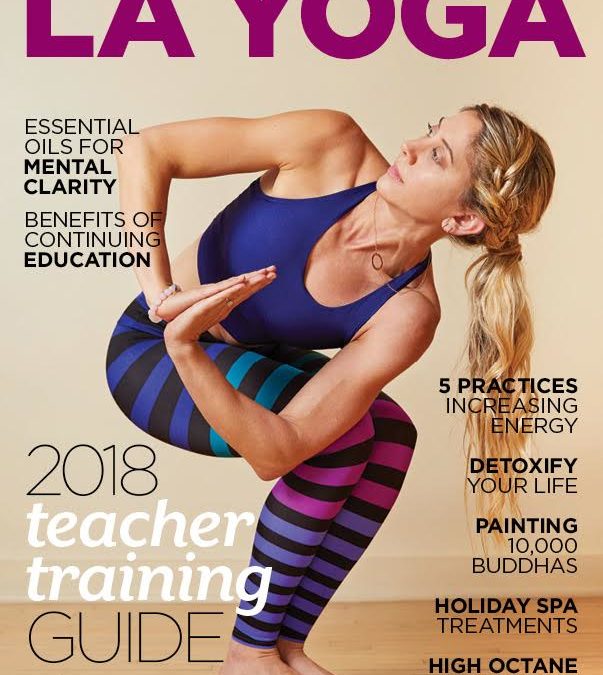
by nobody | Dec 7, 2017 | Press
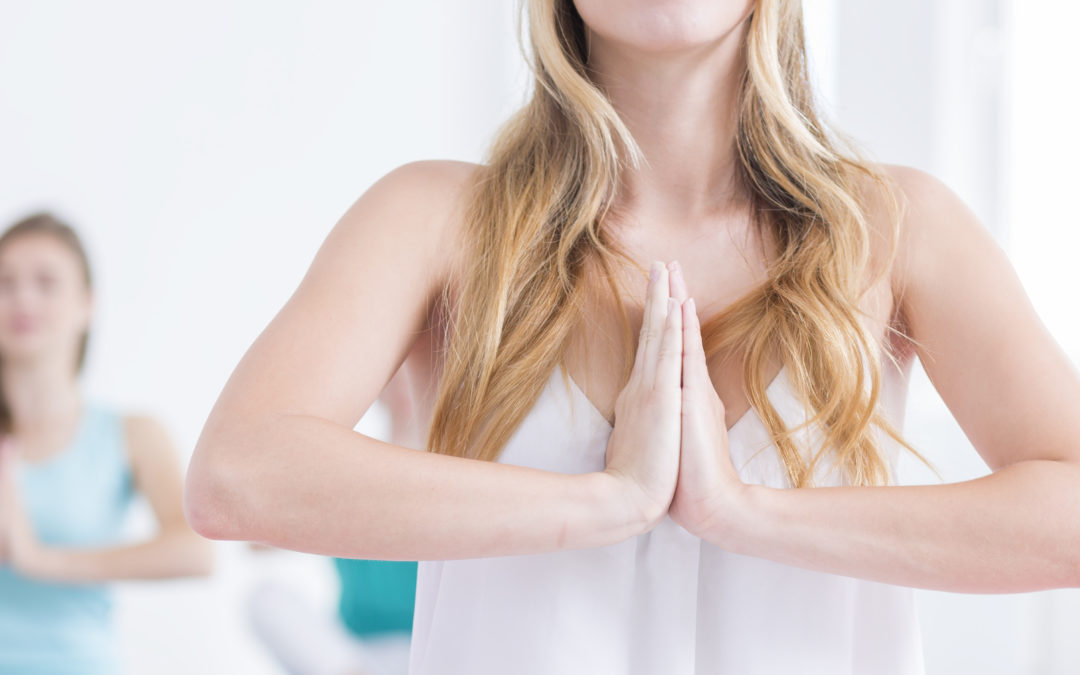
by nobody | Nov 23, 2017 | Yoga Therapy
Autumn (or fall depending on what you like to say) always makes me think about tradition and gratitude. Yes, I realize that the thanksgiving holiday was named in quite the literal way – not a lot of guesswork needed to breakdown what we’re supposed to be doing on that day. And then tradition comes in because each of our families, friends and tribes all celebrate in their own special way. Maybe there is turkey or maybe not depending on where your loved ones have landed on the whole “is there a way to make turkey that is NOT dry” debate.
In my family, thanksgiving traditions are less about the where you stand on the great turkey debate and more about the occasion. I am, as my mother says, “a Thanksgiving baby”! My birthday falls the day before, on or day after this gratuitous holiday. So, naturally our thanksgiving dinners have traditionally doubled as a birthday party. Each year as I stand in front of my cake, surrounded by 25 of our closest family and friends, I feel a deep sense of belonging and authentically express gratitude for this gift called life.
The power of gratitude is becoming a popular topic in all circles of thought from business to leadership development to health and wellness. Heck, when Lianne Rimes does a one-minute video for Fortune Inc. on how her gratitude journal helps her create a more positive mental state (I did not make that up), you know that a topic has made it big time.

But you don’t have to take Lianne Rimes’ word for it. Gratitude is no doubt an important aspect of human nature and has been and still is valued by religions and moral philosophies. Research has demonstrated that when we take time to be grateful, particular neural circuits (nerve cells that carry information to the central nervous system) are activated. Similar to the function of many antidepressants, the practice of gratitude has been proven to increase the production of dopamine and serotonin (our naturally occurring feel good chemicals). In fact, when I work with my clients, (no matter the condition), there typically is some sadness, frustration, and/ or stress that surround the challenges being faced. As part of the yoga therapy plan, I encourage them to keep a gratitude journal and the positive reports continue to demonstrate its deep impact! Simply said, the more we practice being grateful, the more content we feel, which improves our psychological well-being and overall health.
But, what about tradition? Why do we maintain them or even do them in the first place?
In my family, we have thanksgiving traditions that date back generations (literally) and as my family grows, new traditions are being embraced. Yet, through all the changes, the one thing that remains constant is the feeling of warmth and connection that traditions bring. I love that my birthday party has been built into to our thanksgiving tradition because I know that, like with all traditions, this was done with purpose, thought, and intentionality. The heightened attention around this celebration has always made it feel just a bit more magical and lent a certain spirit around the table.

I find that one of the most special and comforting aspects of yoga is that it too is steeped in tradition. The word yoga, comes from the Sanskrit root “yuj”, meaning to join, unify or become one with. All yoga consists of teachings that are passed from teacher to student. This tradition dates back more than 5000 years! Traditions can have a positive impact on our health and the health of our future generations.
Let’s explore a few of the other benefits of tradition through our yoga lens.
Identity: Traditions tell a story and allow us to understand the roots in which we’ve evolved. In yoga, the importance of the teacher/student relationship cannot and should not be minimized. The direct transmission of knowledge from teacher to student allows this ancient practice to thrive with consistency and without misinterpretation. It is this strong tradition that allows the core of the practice to be preserved, while simultaneously progressing.
Practicing traditions in family can offer a similar magic. Emory University psychologist Marshall Duke discovered that children who had an intimate knowledge of their family’s history were more resilient, better able to manage life stressors, and had more self-confidence than those who didn’t. It was concluded, that understanding your past and knowing that you belong to something bigger than yourself increases your ability to thrive.
Bonds: T.K.V. Desikachar (a master teacher who transformed the way yoga was practiced and turned it into both a wellness concept and a therapy) strongly expressed the powerful role that relationships play in the healing process. Coincidentally, there is compelling evidence that strong relationships contribute to a long, healthy, and happy life. Researchers have consistently found that families that engage in regular traditions report stronger connection and unity than those who don’t have these rituals. These interactions invite in more trust, intimacy, and help establish a bond that allows us to feel we are part of something unique and special. Further studies have found that those who feel they have friends and family to count on are better able to manage stress and are more satisfied with their personal health. Values: One of the main purposes of traditions is to instill and reinforce values. In Patanjali’s 8 limbs of yoga (Get to Know the 8 Limbs of Yoga), a guide to living a meaning and purposeful life, a list of values are offered as the first 2 steps on the path to vital health, peace and wholeness. Traditions allow for the development of strong family values, which have been shown to help create a stable foundation for a family to thrive through crisis and challenge. Family values also influence the way children perceive themselves and the world around them. When we communicate, and live those values, our children learn to express themselves, problem solve, grow from mistakes, and develop other skills that lead to fulfilling lives.
Values: One of the main purposes of traditions is to instill and reinforce values. In Patanjali’s 8 limbs of yoga (Get to Know the 8 Limbs of Yoga), a guide to living a meaning and purposeful life, a list of values are offered as the first 2 steps on the path to vital health, peace and wholeness. Traditions allow for the development of strong family values, which have been shown to help create a stable foundation for a family to thrive through crisis and challenge. Family values also influence the way children perceive themselves and the world around them. When we communicate, and live those values, our children learn to express themselves, problem solve, grow from mistakes, and develop other skills that lead to fulfilling lives.
With personal face-to-face connection and intimacy becoming less and less a part of how we move through the world, it is that much more important the we utilize every opportunity to maintain and practice the traditions that we hold dear. In my growing family, it’s been fun keeping the core of our childhood traditions alive and allowing them to evolve and change with the times. If you’re reflecting on this and having a hard time identifying what your traditions look like, or simply no longer relate with the ones from your childhood, start your own! Perhaps you start by reaching out to family or close friends to express your gratitude or calling upon your loved ones to help you establish impactful rituals and long lasting memories.
Happy Holidays!

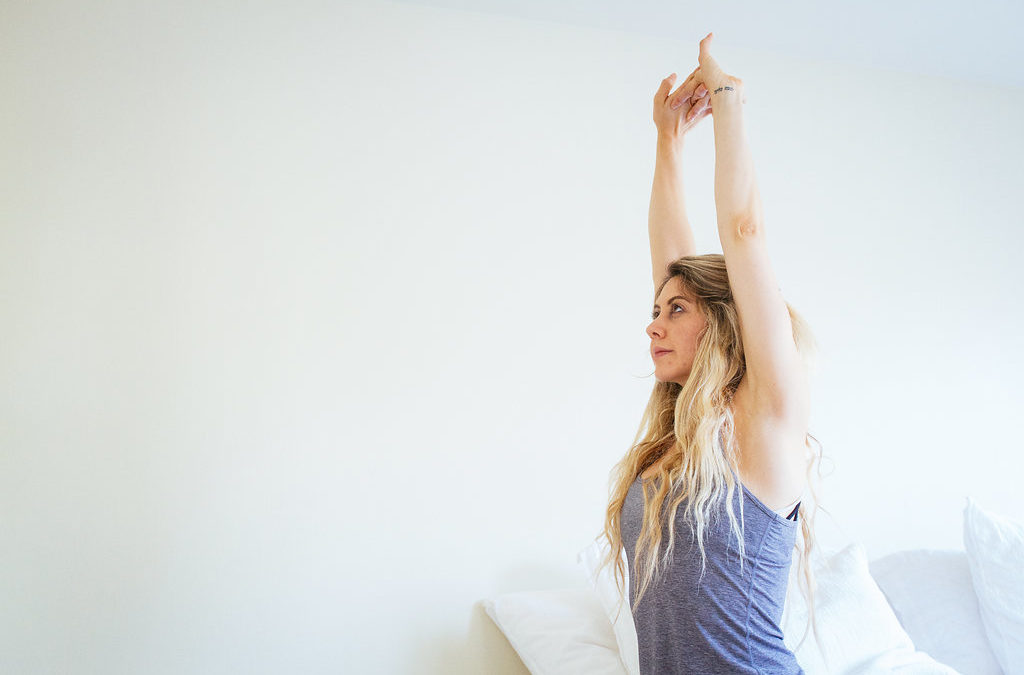
by nobody | Nov 10, 2017 | Yoga Therapy
The other day, I received a text from a friend and fellow yoga therapist asking me to cover her class. Now of course, asking to get a class covered is no big thing. However, this conversation went on to inspire this post. I soon found out that my friend needed coverage because she was sick from being overworked, overwhelmed, and just plain over it. The irony here is that her/our work is focused on healing those who are overworked and overwhelmed with chronic pain, stress, or simply life.
This isn’t the first time that one of my fellow yoga therapists or yoga professionals have compromised their own health for the health and wellbeing of others. Not to mention, the drastic rise in stress and chronic disease has demonstrated the desperate need for self-care and self-care education in today’s world, resulting in a $400 billion industry. Many of us work a solo practice (one-man/one-woman show) and spend our days on the road running from one client or class to the next with barely enough time to eat, hydrate or use the bathroom. With that schedule, it’s only a matter of time before we experience burnout and compassion fatigue (a state experienced by those helping people in distress) from pouring ourselves into our work.

We yoga therapists and natural caregivers alike readily give and give to others until our personal cup is empty (Remember our ROOT Hero Connie Sintuvat? Read her story on self care here!). And as we’ve said before, we could learn a lot from flight attendants who ask that you put on your own oxygen mask before you assist anyone else. This is because we can only effectively help others after we help ourselves.
Oh, I am not to be excluded from this group either. If you knew me a couple years ago, you would find me almost always saying “yes” to clients in place of my free time. My thought process was simple and went something like this: I love what I do and want to offer this gift of wellness and healing as much as possible, whenever and wherever I can.
It wasn’t until I was at a point of complete depletion did I notice that I had not seen my friends in ages and was struggling to find time to expand my work in ways I felt I could only dream of. By ignoring my own self-care and growth, I was impairing the way I delivered my work to my students and clients. I was physically and emotionally exhausted, frustrated and felt less creative and less connected. I was forced to ask myself, “how is this serving?”

Once I came to the thrilling revelation that I had to dramatically change my mindset to create space to live my life, a rush a fear washed over me. I had no idea where to begin. I was so overwhelmed by all the things I felt I had to shift, that I almost considered ways to figure out how to maintain an unmanageable schedule just to avoid the change. Taking responsibility was so foreign to me, that it took some real self-reflection and help from my tribe (Check out our blog on Healing With a Little Help from Your Tribe) to get me to take the step that I had long used to guide my clients.
There are several steps I go through as I progress with a client, but for our purposes and to keep things simple, I have outlined 3 must-do’s.
#1. Assessment: The yoga therapy process always begins with an assessment and so does the process of nurturing our own self-care. Often our attitudes and beliefs form personal barriers that stand in the way of caring for ourselves. With that, it’s important to evaluate our self-care history and identify any and all imbalances. Ask yourself:
- Has this been a lifelong pattern?
- Do you think you are being selfish if you put your needs first?
- Do you have fears around tending to your needs?
- Has it always seemed easier to take care of others first?
For me, lack of self-care had been a lifelong pattern and I had a lot of guilt around tending to my own needs. I remember being assigned group projects in school and I would always offer to take on the project as a solo mission. I would drown myself in a workload for 4 while the others were probably cruising through their weekend without a care in the world. I also began to explore my family history. My mother worked (and still works) as a full-time teacher. On top of that, she raised three kids, drove us all over the city (in LA no less) as we participated in many after school sports and hobbies and still managed to cook dinner every night. With a schedule like that, she certainly had little to no time for herself. (Check out our blog on Healing what we Inherit!) In short, for me, these behaviors run deep.

#2. Plan: In yoga, to create healing and balance, you have to cultivate the opposite way of thinking (known in Sanskrit as, Pratipaksha Bhavana), which ultimately will turn into inspired action. When we are in a self-care deficit, our plan must include tools to begin to move the self-care needle in a positive direction.
Let’s go back to my self-care journey. In my assessment, I discovered fear and guilt around tending to my own needs. Because of that, I lacked proper boundaries around my “me” time. The first step in my plan involved changing the way I thought about my own self-care. I started to tell myself (whether I believed it or not) that I was going to be more efficient, productive, and would be able to develop deeper connections with my clients if my cup was full. I told myself this for a couple months before I started making serious schedule changes. I found I needed that space to build my confidence around taking time away from working in and on my business.
The next piece of the plan was around setting boundaries. I decided that I was going to literally schedule in my “me” time every day.
- I no longer wanted to regularly work on weekends as this was the only time I had to connect with family and my significant other. I would make an exception for personal/professional growth opportunities (being too rigid never works).
- I would set specific office hours and organize my day in a way that best served me versus what others asked of me.
- To believe it, I had to see it, so I wrote out various versions of my new schedule which included everything from scheduling my meditation and yoga practice to answering emails. I even created spacefor a true lunch break. No more lunches stuck behind the steering wheel of the car for me! Now that I had begun to change my thinking and poured hours (yes hours) to writing out versions of my new schedule, which was basically creating a new business model, I was ready for step 3!

#3. Implementation: As yoga therapists, we know that developing awareness and creating a plan is not enough to make change. It is a great start to making dramatic improvements in our life. Yet, without proper implementation, we can easily fall back into the same patterns which can leave us feeling stuck, resentful, and unhappy. It is also not uncommon to start beating ourselves up for not following through with our plan. I wish I can say it was as easy as 1, 2, 3 with regards to my self-care development. But the reality is, it took me a few more months after creating my plan to begin the implementation. And believe me, I needed a lot of encouragement and support from my network to reaffirm that the life I was living was unsustainable and that this change was not a luxury but rather a necessity.
Implementation for me began by changing one thing- free up my weekends for family and friends. I started having conversations with my weekend clients. I discussed what my new hours were, and offered various times and days in which I would be available to meet. At first, I was fearful that no one would work with my new hours. Yet, to my surprise many of my clients expressed how much they valued our time together and were open to being flexible. I was overwhelmed with joy and for the first time was truly able to receive my worth. After a few weeks, I had no weekend commitments. This opened the door for me to take weekend trips, go to a movie, or (dare I say) stay at home!

For us caregivers, applying self-care to ourselves can seem like rocket science. However, you don’t need an engineering degree to analyze, invent, and design a schedule that fuels your needs and your passion for your work. You simply need to recognize that there is a deficit and then take interest in and prioritize your own wellbeing. Being a yoga therapist and/or care giver of any kind is hard work and you deserve to place your health and quality of life at the top.
Are you a caregiver or someone in the business of service and feeling challenged in creating a schedule and life that fuels your needs? You’re in luck! Self-care development includes changing our mindset and ultimately our self-care habits. Join me December 2nd for my “Changing Our Habits to Heal” workshop. REGISTER NOW!
Can’t make it? Reach out and receive a free 15-minute coaching consultation on self-care development.

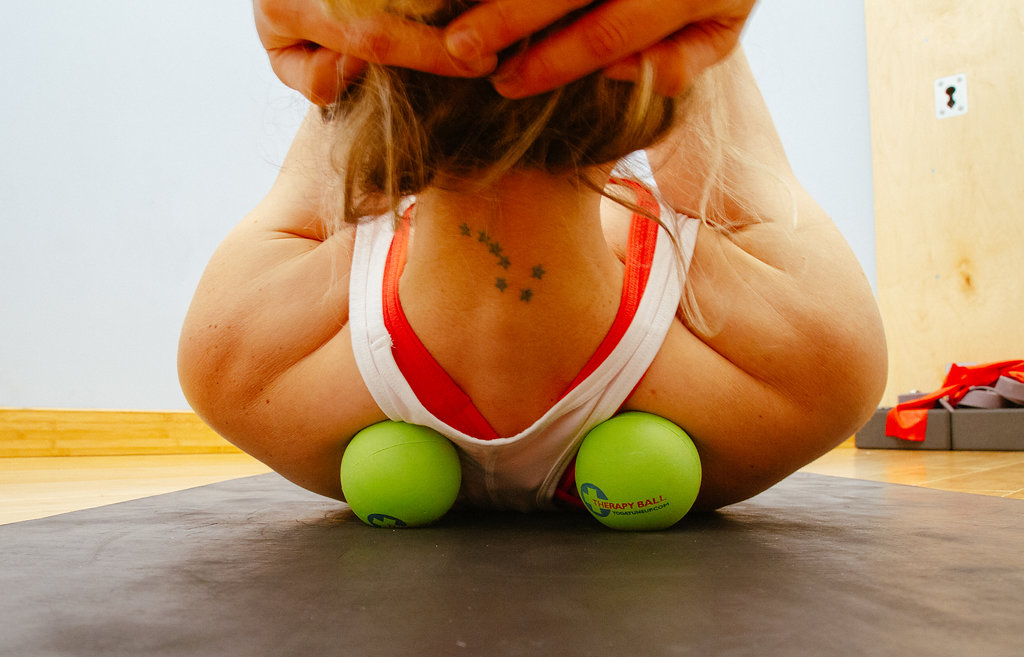
by nobody | Oct 27, 2017 | Yoga Therapy
A ROOT Awakening
Yoga Therapy: Alignment and Spinal Health
I recently had to get an “alignment” on my car. Ugh, the dreaded vehicle alignment that costs about $200 more than you want and you aren’t quite sure why you need to get one. But the more I think about it, vehicle alignments are as essential to our car health as our physical alignments are to our overall wellness. For example, think of the frame of your car as the skeletal system of your body.
If the frame of your car is out of alignment (suspension) the car’s ability to take a shock is compromised. This makes for a very rough, bumpy and rather unsafe ride. Same thing goes for your spine. The health of your spine is key to the health of our entire body. Not only is the spine critical for supporting the structure of our bodies and managing the force of gravity, but it is also what protects our spinal cord, which houses the majority of our vastly complex nervous system. The nervous system is where our fight or flight and relaxation response live. It also controls and coordinates every function in our entire body.
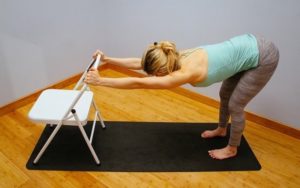
If you have ever stepped into a yoga class, then you’ve also heard the term “alignment” more than once. Generally, the word alignment is used to refer to posture. In yoga “posture” is not limited to the typical everyday upright position (old-school stack of books on head), but rather it’s used to describe any position that the body is in. When we talk “alignment”, we are inviting you, the student, to become aware of the arrangement and balance of your bones and muscles, from head to toe and its effect on your spine.
Way too often, I witness students compromising the integrity of their spine to tackle a stronger or more “advanced” variation of a particular pose. A simple example is in down-dog pose. At some point, the message about having your heels touch the floor in down-dog pose became an important piece to “mastering” this posture. Well, as a result, a number of students were compromising the integrity of their spine, rounding their shoulders and creating excess tension in the upper back and neck. EEK!
Today, I am hoping to spread a different message about alignment, one that centers around maintaining spinal health and as a result, an improvement in overall wellbeing.
SPINE 101
Our spine is made up of 33 bones (24 moving bones), also known as vertebrae. The vertebrae are numbered and divided into regions; cervical, thoracic, lumbar, sacrum, and coccyx. Each vertebra protects a part of the spinal cord and each region has specific features that help them perform their main functions. Between each vertebra are a pair of nerves that branch off from the spinal cord. These nerves connect to major parts of the body (like the arms and legs) as well as major parts of our internal control system. This control system regulates function of our vital organs, blood vessels, and glands.
When a vertebra becomes misaligned in relationship to the other vertebrae or loses its mobility, it can place additional stress on our muscles, joints, ligaments, discs, and interfere with the function of our nervous system. Malalignment can not only cause sensations of pain and numbness, but also can lead to various systemic problems like, headaches, fatigue, allergies, asthma, and digestive issues (just to name a few)!
Research has proven that yoga therapy is effective for chronic back pain. Why? Because, yoga postures and breathing techniques allow you to develop strength, improve mobility, and help release tension that impacts the spine.

So, the next time you find yourself twisted in triangle or inverted in down-dog, and moving away from alignment, think about using these 3 tools to help you guide your practice to meet your needs.
#1: Attention to Breath: Much of the time, I notice students disregarding the quality of their breath as they attempt to contort their body into whatever shape is being asked of them. However, please note, the breath is our guide. I repeat, the breath is our guide! In fact, the body is meant to be stable and firm to support the regulation of breath and prana (life force). If your breath is short, shallow, and compressed most likely your spine is to. This means, our nervous system is launching right back into its fight or flight mode. Breath quality is a great signal as to where we are in our practice. When we are straining to get into a certain pose, we are compromising our ability to create space and vital energy in the body, and rather adding more tension and stagnation.

#2 Visualization: Visualizing your body in space is a great way to strengthen your proprioceptive sense. Proprioception (aka: your 6th sense) is the body’s ability to sense itself in movement and spatial orientation. Our spine has natural curves. These natural curves are necessary for our body to reduce the force of gravity. However, most of us spend much of our days hunched over at our computers, on the couch, and in our cars. Overtime this becomes the posture we live in and as a result we begin to alter these natural curves. (ie: excessive rounding in the upper back, forward head, and/ or excessive arching in the lower back, etc.) which inevitably leads to imbalances and pain. With that said, the next time you engage in your practice I encourage you to question; “Where and what is my spine is doing?” See if you can connect with your posture and what sensations are coming up. Can you feel yourself rounding or compressing your spine? Throughout my years practicing, I have found it helpful to recall sensations I am more familiar with. Since we do spend most of our time in a hunched position, I often sense my shoulders rounding forward and my chest caving inward. In these moments, I welcome in the qualities of a back bend like cobra pose. This is similar to reacting to your grandmother or mother demanding you to “put your shoulders back!”. Calling upon our back muscles to engage as they do in a backbend, will help move your head back over your shoulders and ultimately reduce the excessive rounding and improve posture.

#3 Mad Props: One of the reasons why this practice is so special, is because it is happy to meet you where you are, that is, if you let it. Props are a yogi’s best friend. They want to be used and most likely your body wants you to use them. It’s tempting to look over at your neighbor and watch them touch their toes, and then desire to do that exact same thing. News flash: all of our bodies are different. Did you ever consider that your yogi neighbor might have a longer torso or longer arms (like me!) making touching their toes a breeze? This is why I strongly encourage you to pick up a block (or two) and a strap before class and ultimately do what feels good. If you can maintain the pose, have full control of your breath, and can sense your spine lengthening in an effort to reestablish its natural curves from your tailbone up, you’re in the right place.
































Recent Comments